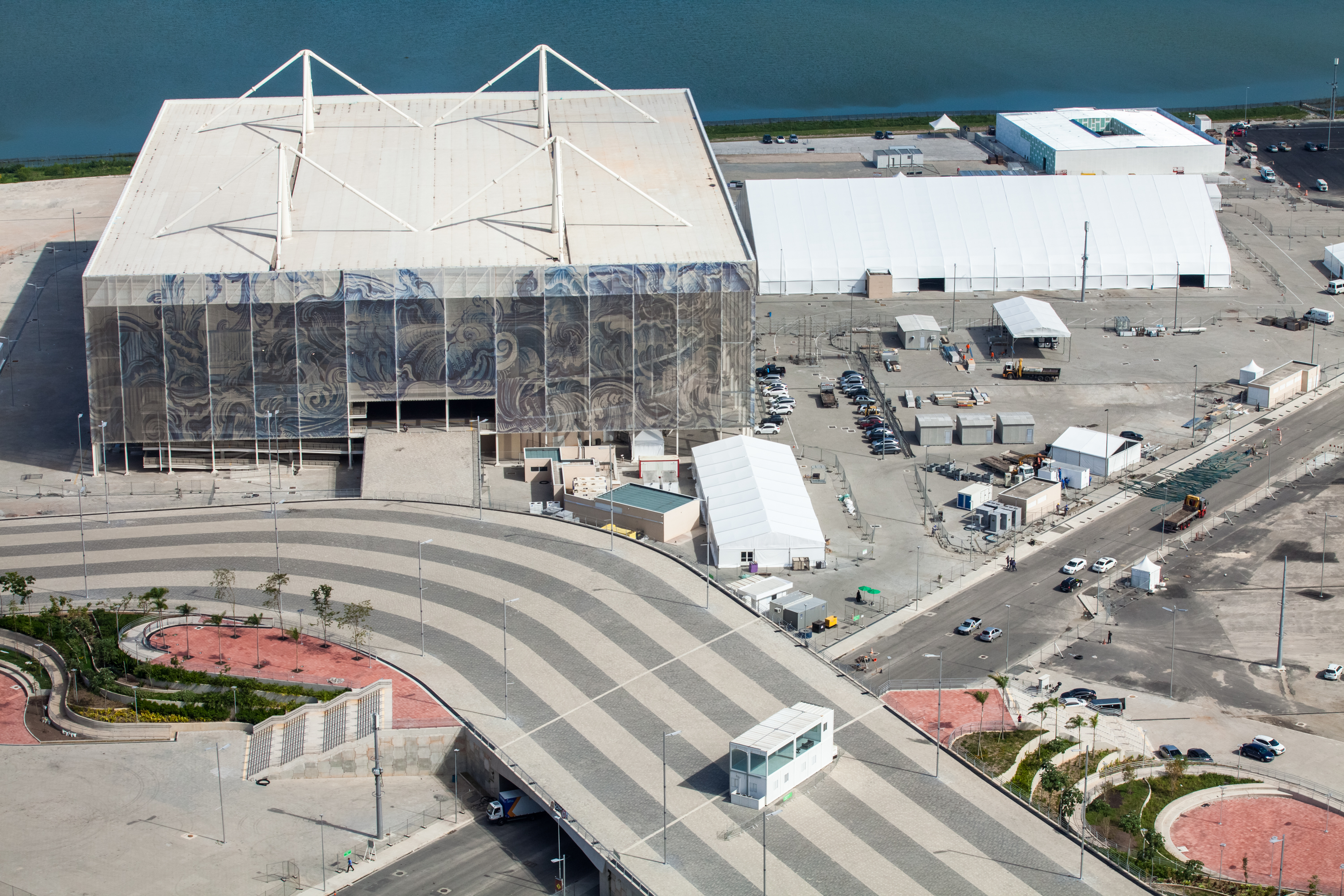As of Today: America's Travel Ban on 19 Countries Is Now Active
As of Monday, June 9, 2025, the United States has enacted a significant new travel ban, fundamentally reshaping global mobility for citizens of 19 countries. This isn't just a bureaucratic tweak; it's a sweeping directive with profound human, economic, and diplomatic consequences. The proclamation establishes two tiers of restrictions: a near-total entry suspension for twelve nations and heightened scrutiny for seven others, impacting immigrant, student, and certain non-immigrant visas. From family separations to disrupted international commerce, these measures demand immediate attention and understanding. We delve into the specifics of each affected nation, unraveling the precise implications of this critical policy shift that begins today.
1. Afghanistan: Security & Document Control Gaps

Why It's Banned: The U.S. cites the Taliban's inability to provide reliable travel documents or proper vetting. This comprehensive ban profoundly impacts a nation already gripped by humanitarian crisis, making family reunification and access to aid or education in the U.S. virtually impossible for most Afghans. It further isolates a population in dire need, exacerbating existing hardships and cutting critical lifelines for those seeking safety or opportunity.
2. Myanmar (Burma): Overstays & Deportation Non-Compliance

Why It's Banned: Myanmar faces restrictions due to consistently high visa overstay rates and a documented reluctance to accept back deported nationals. This adds a complex layer of international pressure on a country navigating ongoing political instability and human rights concerns. For Burmese citizens, particularly students and business travelers, this ban represents a significant hurdle, limiting their global mobility and access to opportunities in the United States.
3. Chad: The High Visa Overstay Crackdown
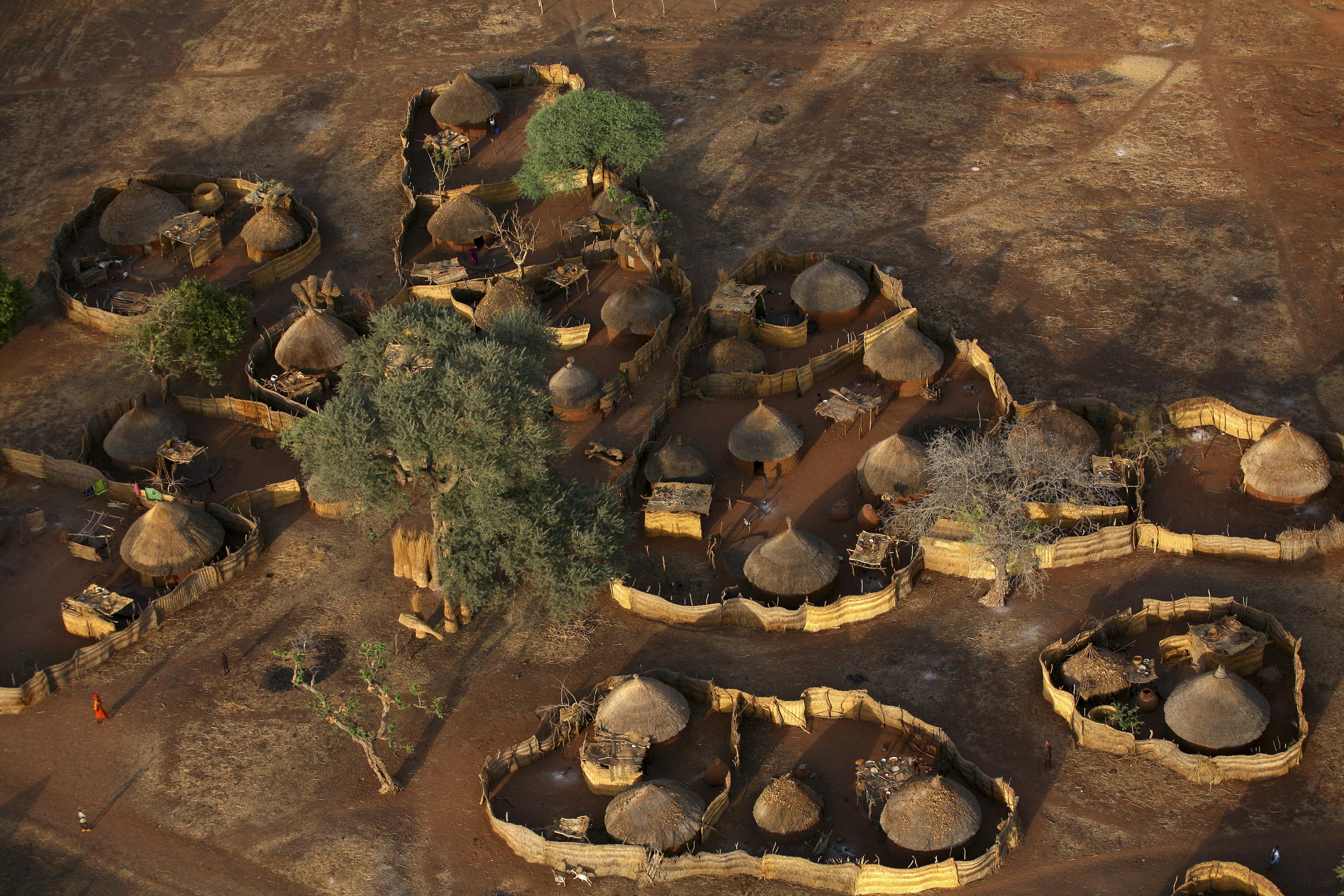
Why It's Banned: This Central African nation's inclusion stems from exceptionally high visa overstay rates, which the U.S. proclamation describes as a "blatant disregard for United States immigration laws." This full ban comes as a significant blow, impacting a country that often receives less global attention. It severely complicates academic exchanges, tourism, and essential business travel for Chadian citizens, limiting their ability to engage with opportunities in the U.S.
4. Republic of the Congo: Overstay Compliance & Visa Integrity
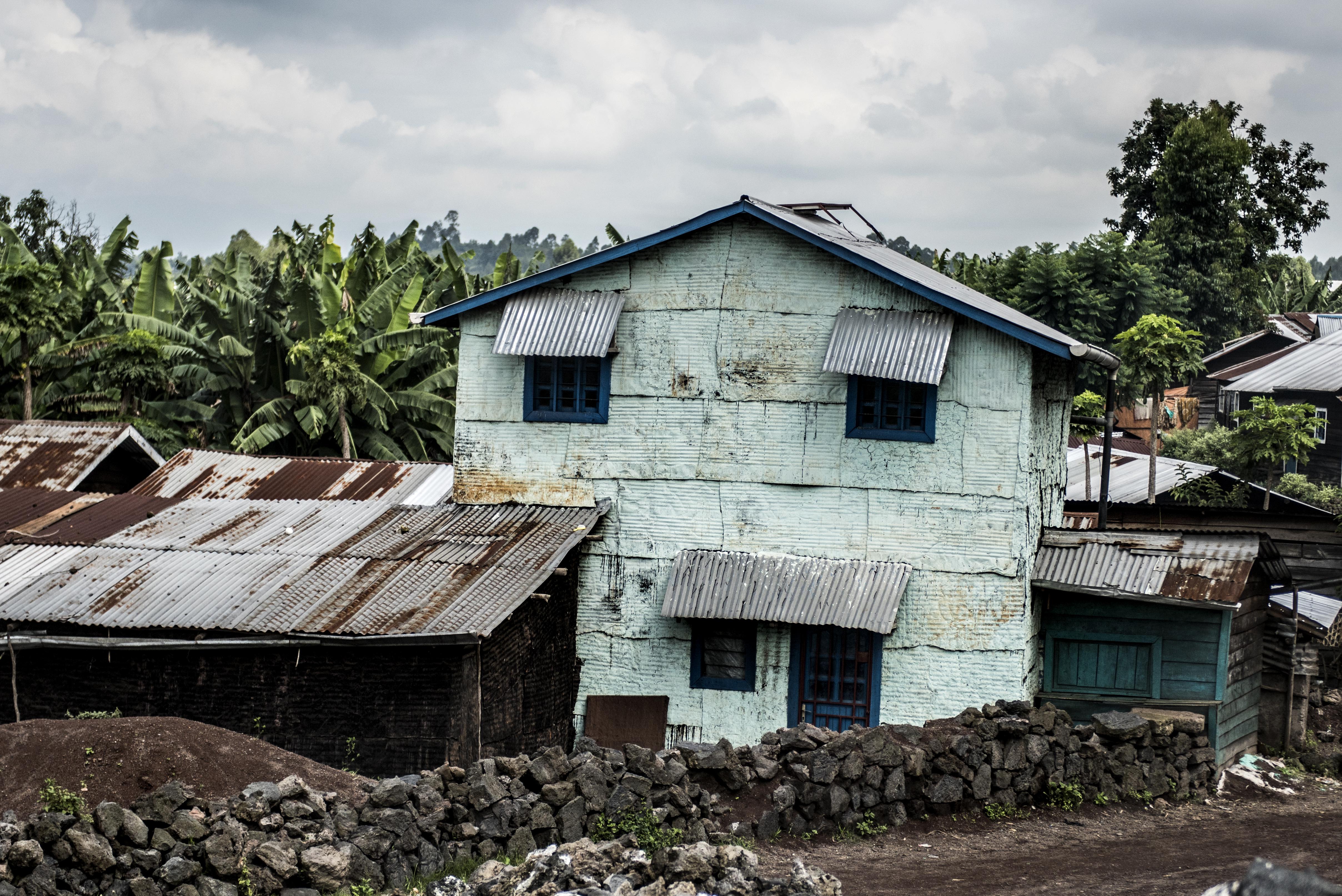
Why It's Banned: Similar to Chad, the Republic of the Congo is now under full suspension primarily due to persistently high visa overstay rates among its citizens. The U.S. emphasizes a need for greater compliance with its immigration regulations. This restriction profoundly impacts general travel, making it exceedingly difficult for Congolese citizens to visit family, pursue tourism, or participate in educational and exchange programs in the United States.
5. Equatorial Guinea: Focus on Student Visa Overstays

Why It's Banned: This small, oil-rich nation faces a full suspension due to exceedingly high visa overstay rates, particularly notable for student and exchange visitor visas. This signals a direct U.S. concern over its citizens' adherence to immigration terms. For a country with limited global visibility, this ban could disproportionately affect its small diaspora and aspiring international students seeking educational or professional development opportunities abroad.
6. Eritrea: Document Unreliability & Refusal of Return
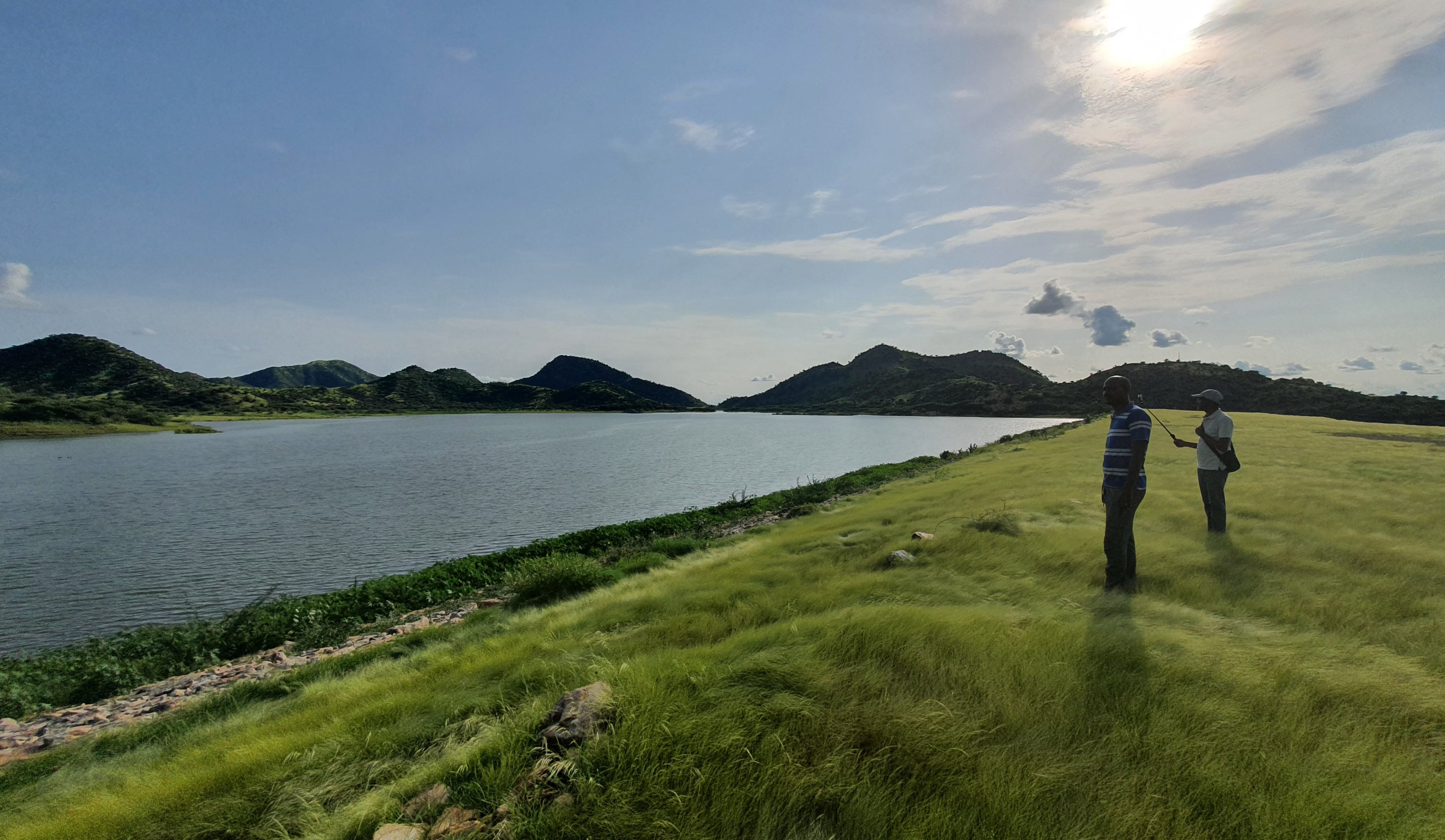
Why It's Banned: The U.S. questions the competence of Eritrea's central authority in issuing reliable passports and providing accessible criminal records. Compounded by its historical refusal to accept back removable nationals and high overstay rates, the ban is comprehensive. This decision further isolates an already reclusive state, severely impacting its citizens' ability to travel or maintain connections globally, including essential family links.
7. Haiti: Overstay Concerns & Information Gaps

Why It's Banned: Haiti's inclusion is tied to high visa overstay rates and concerns over its capacity to provide necessary law enforcement information, with the proclamation referencing a surge in undocumented Haitian migrants. This profoundly impacts a nation already grappling with severe internal instability and a large diaspora, making family reunification and access to critical services or opportunities in the U.S. significantly harder for its citizens.
8. Iran: State Sponsor & Persistent Security Risks
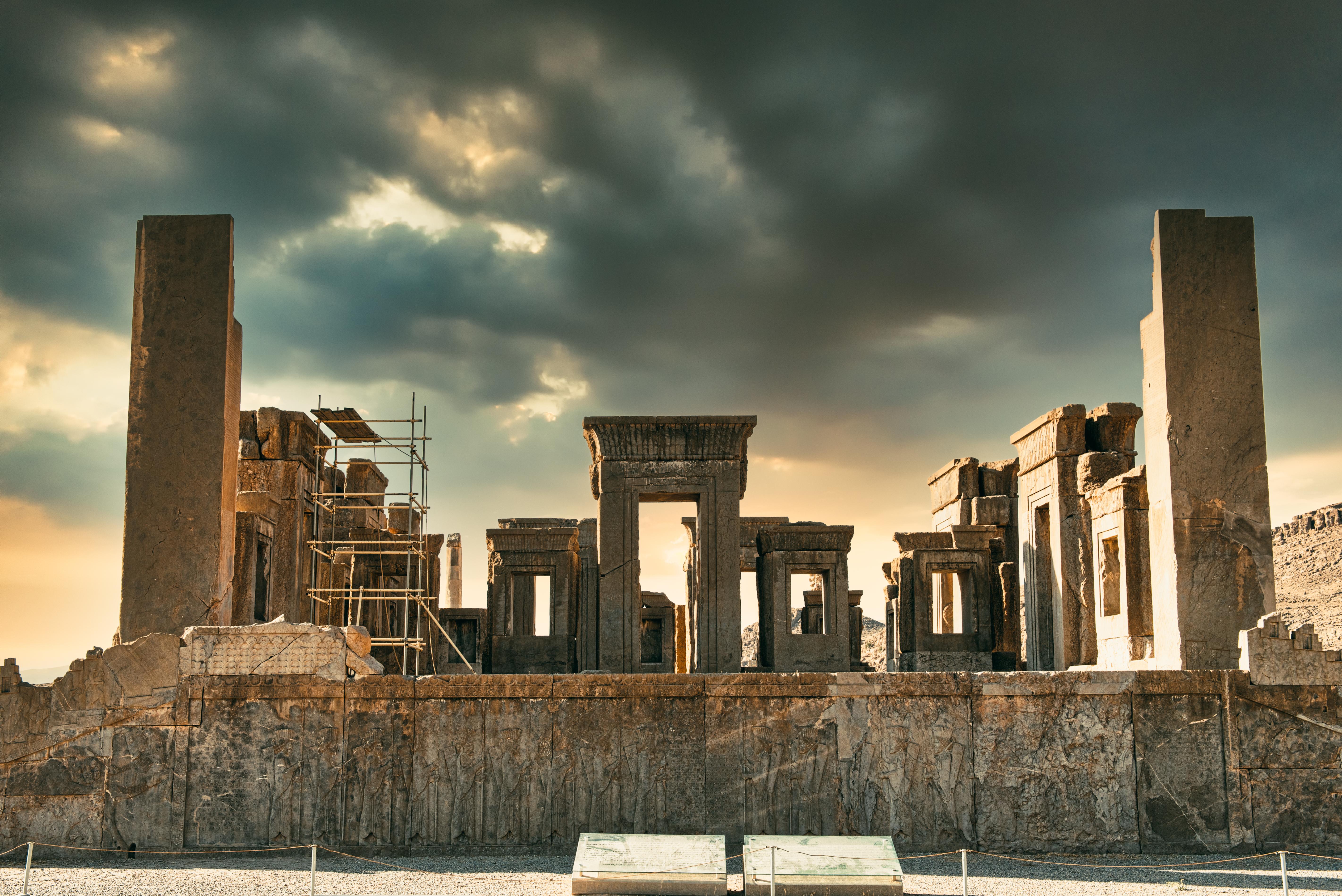
Why It's Banned: Iran remains on the list due to its designation as a state sponsor of terrorism, its continuous failure to cooperate in identifying security risks, and its historical refusal to accept back removable nationals. This perpetuates a long-standing and deeply entrenched diplomatic friction, severely limiting most Iranians' ability to travel to the U.S., including those with family ties or academic aspirations.
9. Libya: Instability & Questionable Document Control
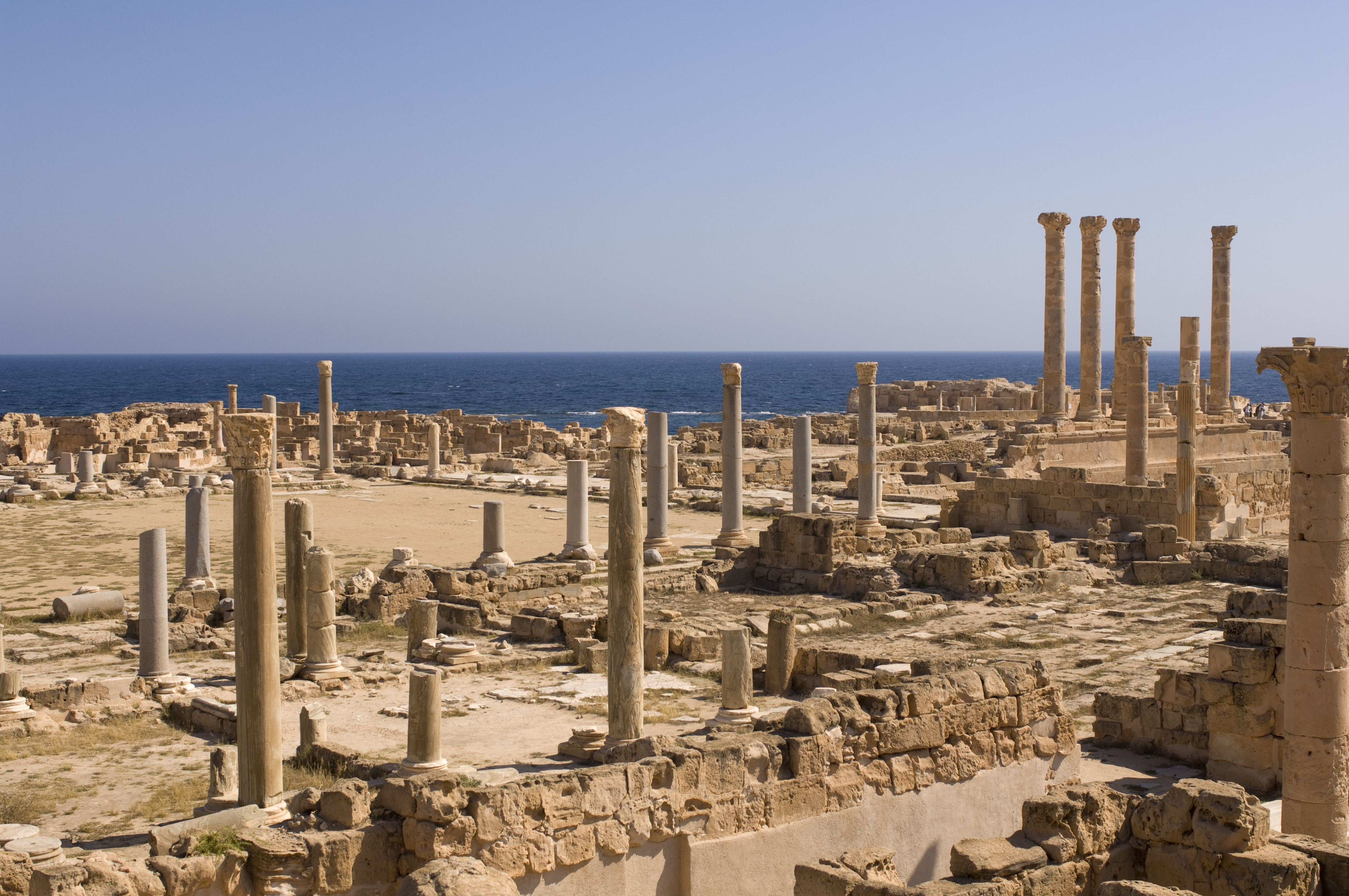
Why It's Banned: The U.S. cites the absence of a competent central authority for issuing reliable travel documents and the historical terrorist presence within its territory. This full ban reflects ongoing security concerns in a nation struggling with protracted internal conflict. It creates immense hurdles for Libyans seeking stability, education, or family connections abroad, further isolating a populace already facing significant challenges.
10. Somalia: Uncontrolled Territory & Terror Concerns
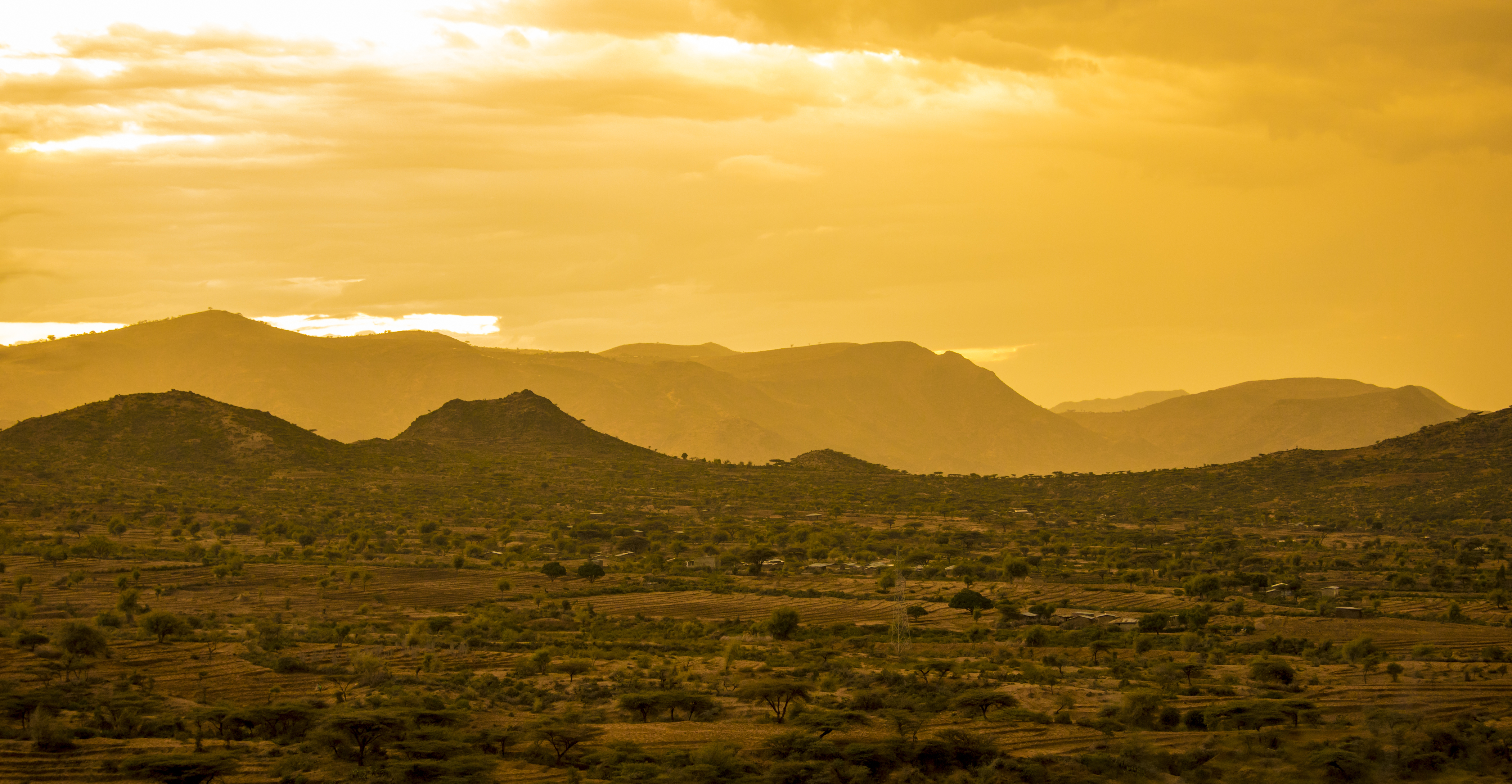
Why It's Banned: Somalia is included due to its government's "lack of command and control of its territory," making it a perceived "terrorist safe haven," and its refusal to accept back removable nationals. This comprehensive ban further isolates a nation already enduring profound instability and humanitarian crises, effectively shutting down most travel to the U.S. for its citizens and hindering critical international aid efforts.
11. Sudan: Humanitarian Crisis Amidst Overstay Allegations

Why It's Banned: Despite grappling with the world's largest humanitarian crisis, Sudan faces a full ban due to alleged high visa overstay rates and a lack of appropriate vetting measures for its emigrants. This decision adds another layer of immense hardship for Sudanese citizens, particularly those displaced or seeking refuge, by blocking critical avenues for international assistance, academic pursuits, and family reunification.
12. Yemen: War-Torn Nation & Document Breakdown
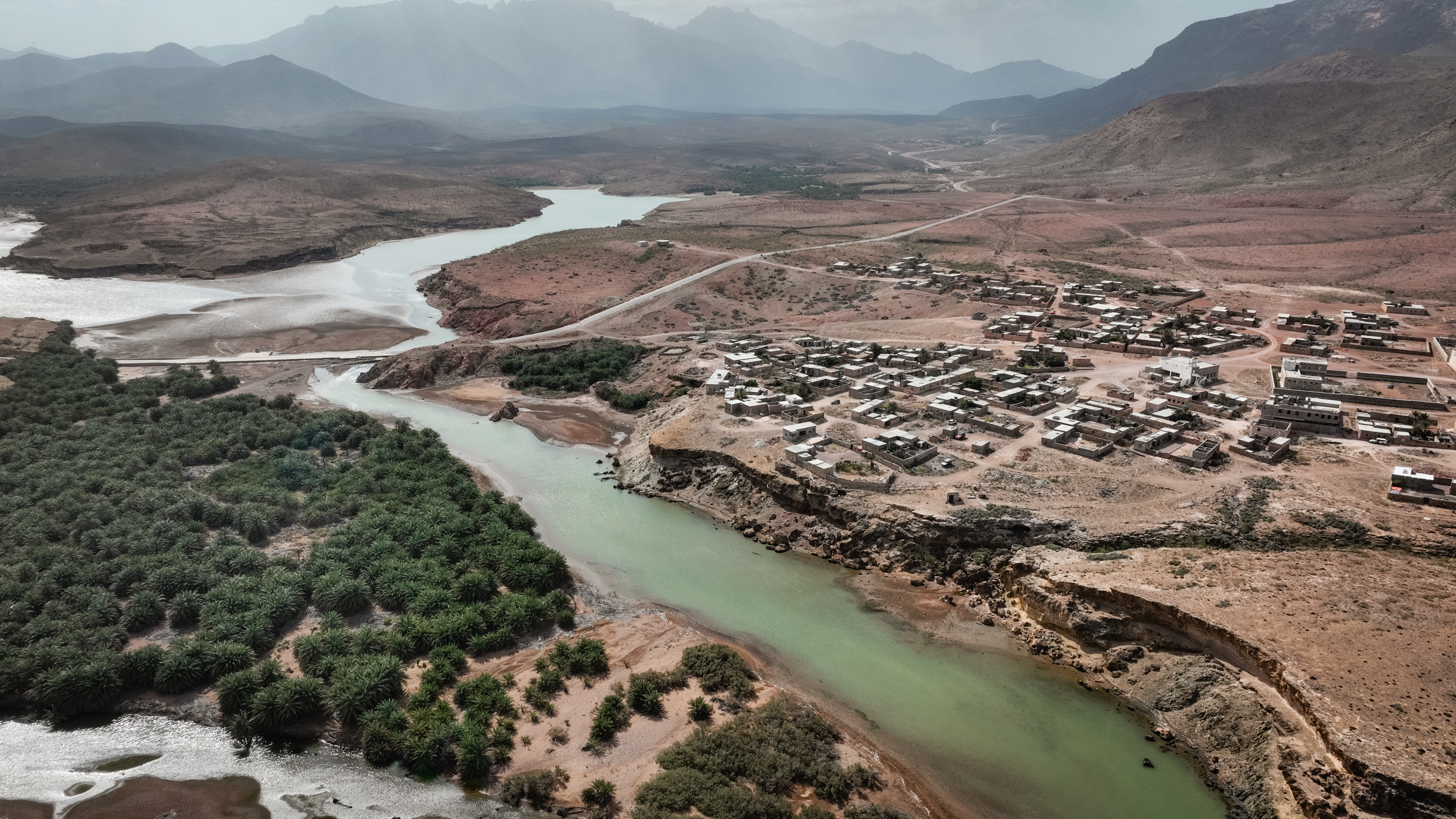
Why It's Banned: Yemen's ban is directly linked to its ongoing civil war, which leaves its government unable to exert physical control over its territory or sufficiently vet those leaving the country. This profound instability compromises reliable travel document issuance, effectively shutting down most travel for its citizens, who are already facing dire humanitarian conditions and desperately need avenues for escape or assistance.
The following nations face limitations primarily on immigrant visas and certain non-immigrant visas (B-1/B-2 for business/tourism, F/M for students, and J for exchange visitors). Other non-immigrant visas (like H-1B or L-1) may still be accessible but could see reduced validity periods.
13. Burundi: Immigrant & Specific Non-Immigrant Visa Scrutiny
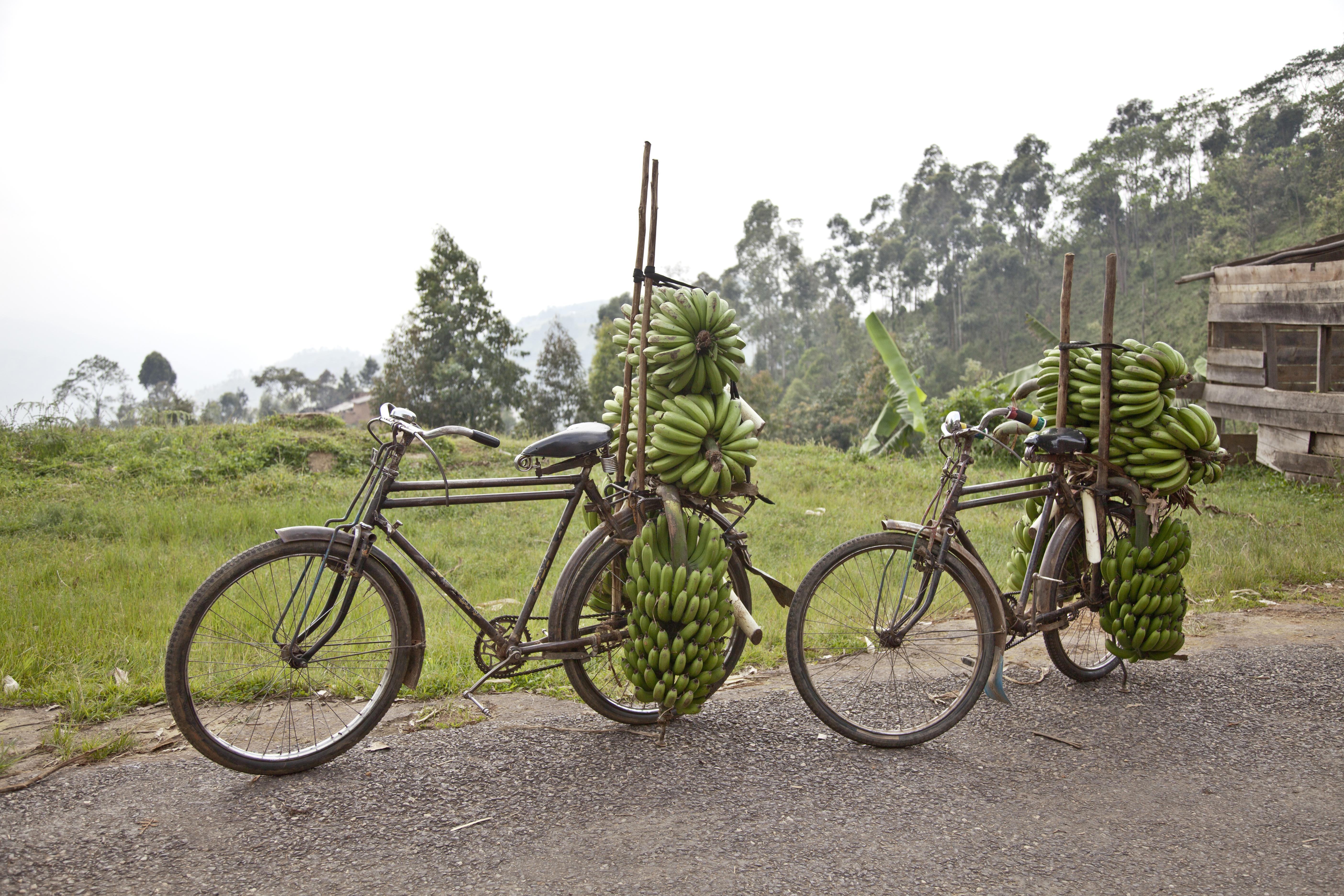
Why it's Restricted: Burundi faces heightened scrutiny on immigrant and specific non-immigrant visa categories. While not a full ban, this signifies U.S. concerns regarding its citizens' compliance with immigration regulations and document integrity. This makes long-term stays, study, and certain business ventures in the U.S. significantly more challenging for Burundians seeking to build lives or careers abroad.
14. Cuba: Persistent Diplomatic Strain & Visa Limitations
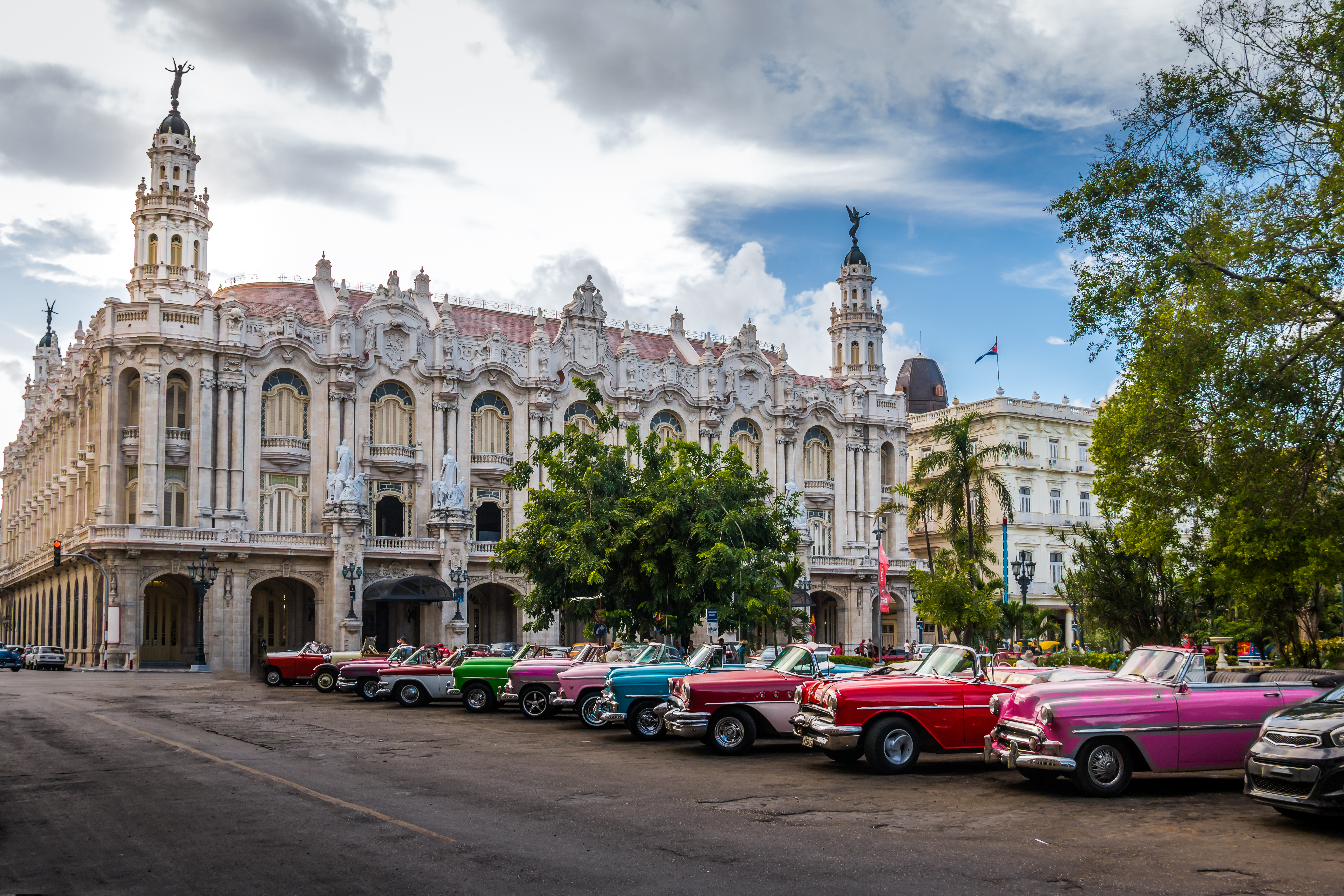
Why it's Restricted: Cuba continues to face restrictions, impacting various visa types for its citizens. This is a reflection of persistent, strained diplomatic relations between the two countries, which continues to affect both Cuban nationals seeking to immigrate or study in the U.S., as well as those looking to visit family or engage in cultural exchange programs.
15. Laos: Overstay Concerns & Visa Category Limitations
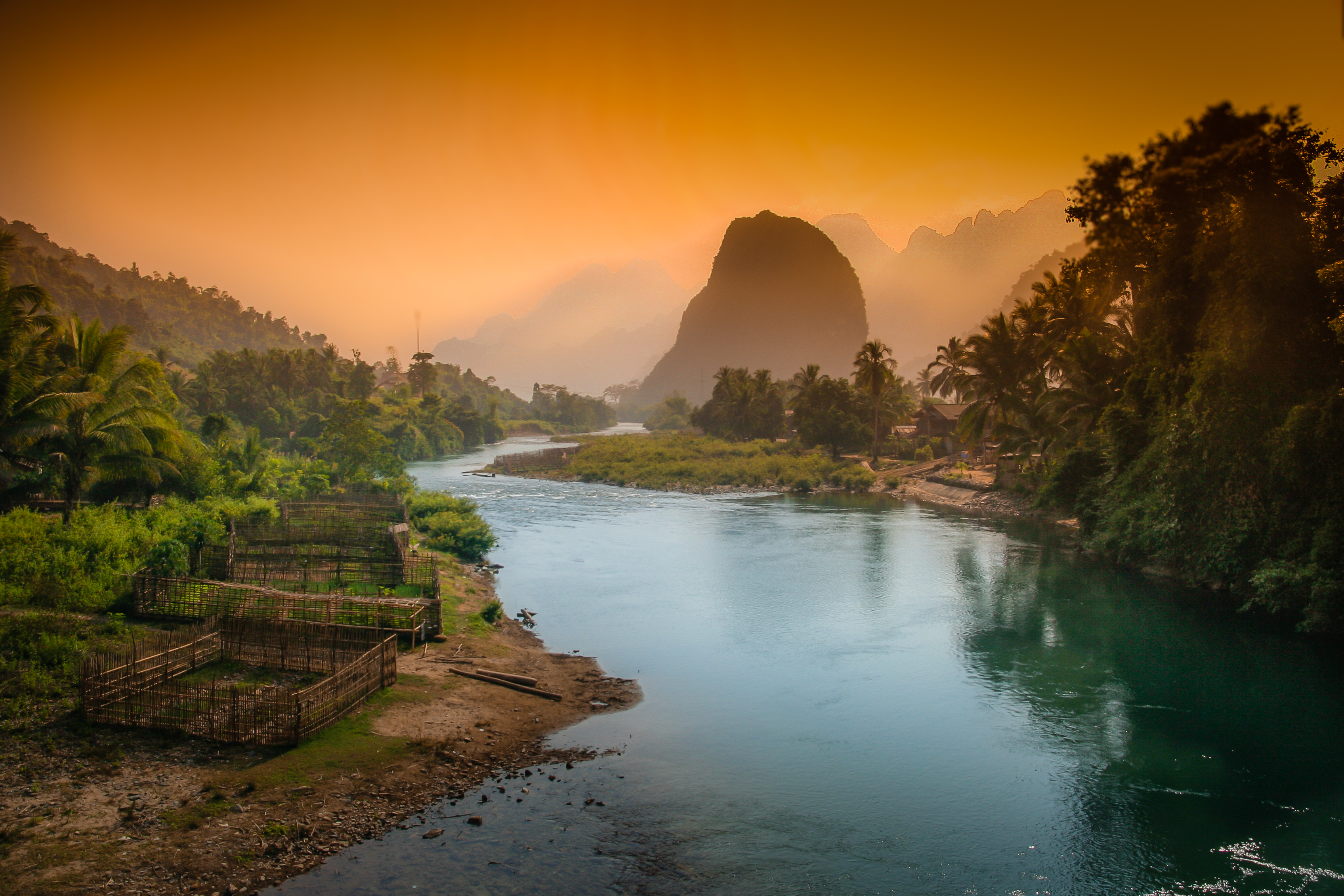
Why it's Restricted: Laos is included due to visa overstay concerns, leading to limitations on immigrant and key non-immigrant visa categories. This highlights a U.S. focus on ensuring foreign nationals adhere to their visa terms and depart on time. For Laotians, this means a more difficult path to long-term residency, study, or certain forms of tourism in the U.S., requiring stricter adherence to regulations.
16. Sierra Leone: Heightened Hurdles for Key Visas
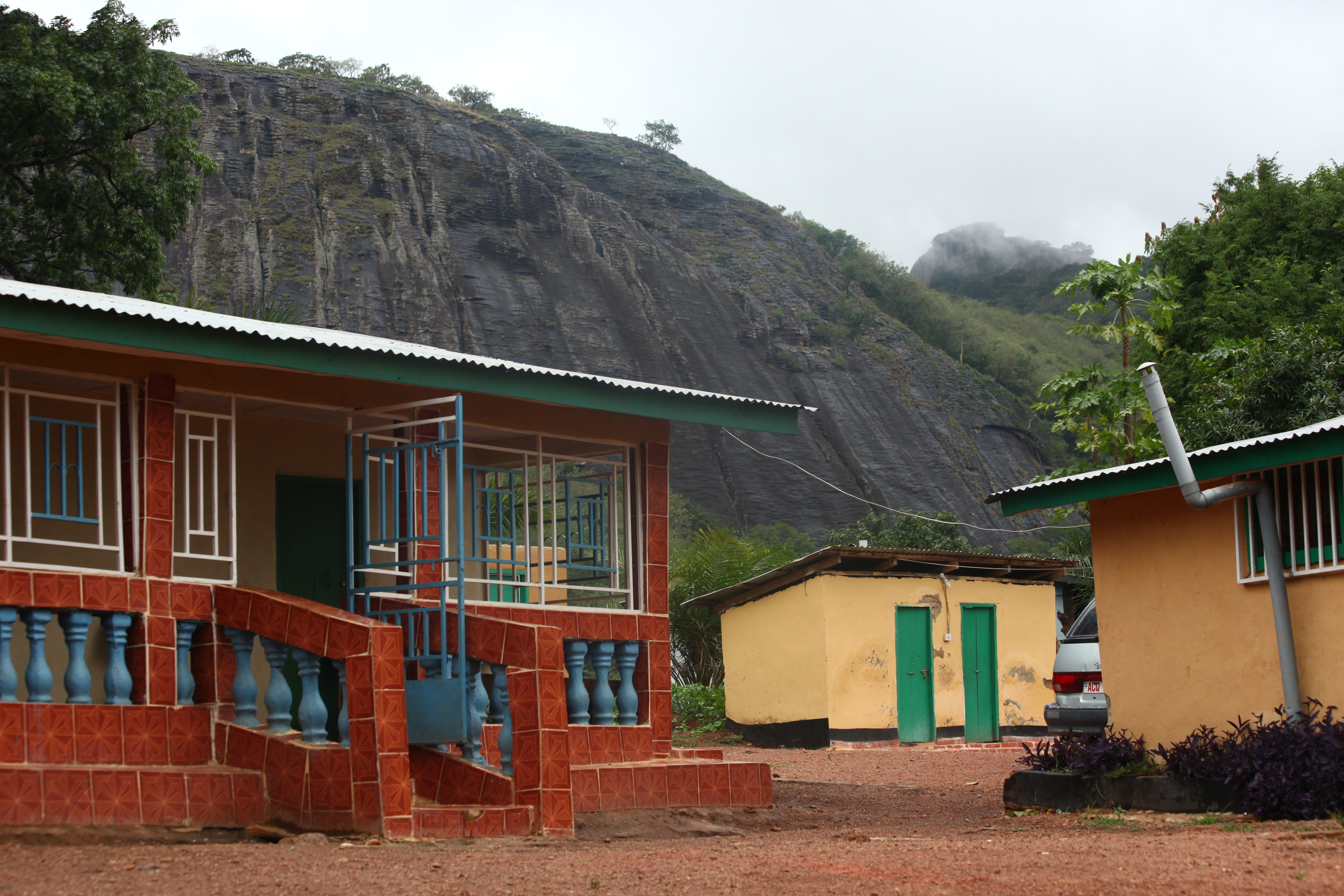
Why it's Restricted: Sierra Leone faces heightened restrictions that specifically impact immigrant visa applications and certain non-immigrant categories. This reflects U.S. concerns over immigration compliance and screening protocols for its citizens. For Sierra Leoneans, this creates added hurdles for those aspiring to live, work, or study in the United States, demanding more rigorous application processes.
17. Togo: Increased Scrutiny for Select Visa Types

Why it's Restricted: Togo has been added to the list, with specific visa categories now under tighter scrutiny. This indicates growing U.S. concerns about its citizens' adherence to visa regulations and possibly the integrity of its travel document issuance. Togolese nationals pursuing immigrant visas, student visas, or certain business/tourist travel will now encounter increased difficulty and extended processing times.
18. Turkmenistan: Document & Compliance Challenges
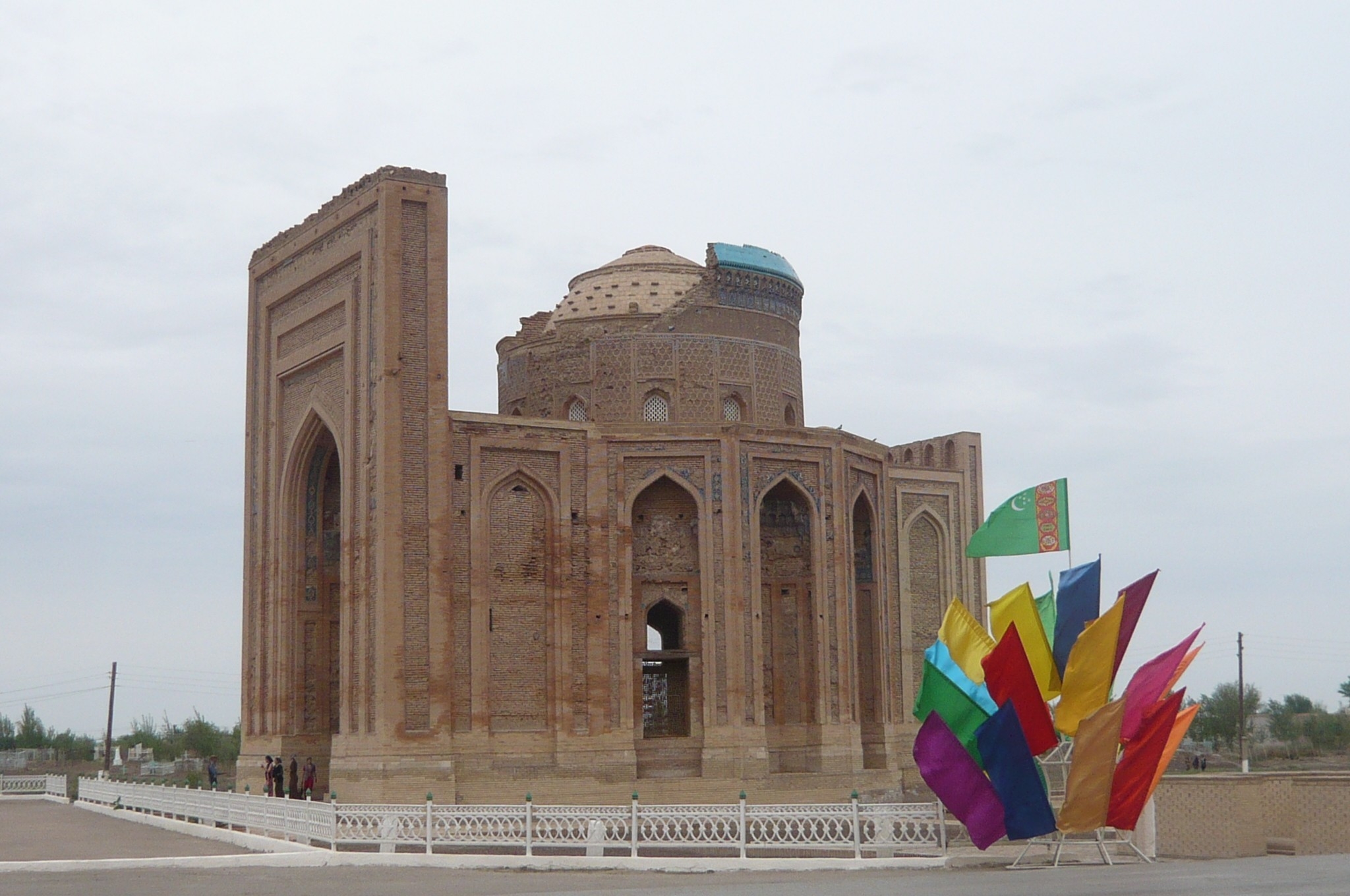
Why it's Restricted: Turkmenistan faces limitations on immigrant and certain non-immigrant visas, signalling U.S. concerns regarding its travel protocols and compliance with immigration laws. This restriction affects a tightly controlled nation, making international movement, particularly to the U.S., even more challenging for its citizens seeking educational, professional, or family opportunities abroad.
19. Venezuela: Expanding Political Tensions & Visa Restrictions
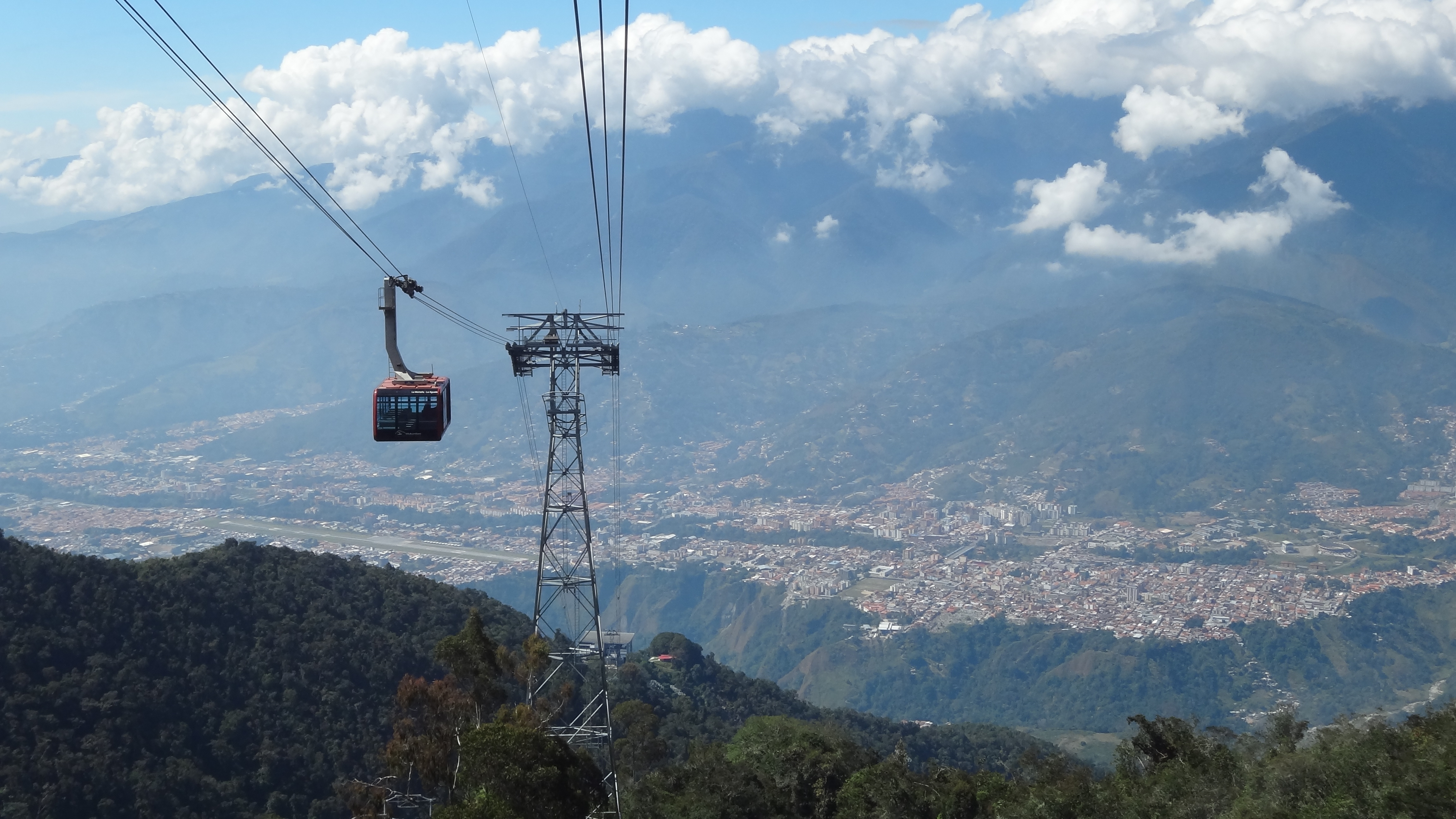
Why it's Restricted: Venezuela continues under severe restrictions, particularly impacting immigrant visas and certain non-immigrant categories for its citizens. While certain government officials and their families were already targeted, these new measures broaden the scope. This reflects ongoing political tensions and humanitarian concerns, making it incredibly difficult for many Venezuelans to seek refuge or opportunity in the U.S.
The Road Ahead: Navigating a New Era of Global Mobility

The immediate implementation of this extensive travel ban marks a pivotal moment in international relations and human mobility. Its multifaceted implications extend beyond mere administrative hurdles, impacting global economies, straining diplomatic ties, and imposing profound psychological tolls on individuals and families separated across borders. While security remains a stated priority, the nuanced justifications for each country's inclusion highlight a complex calculus of compliance, geopolitical concerns, and humanitarian realities. As legal challenges mount and the world adapts to these new restrictions, the coming months will reveal the true extent of their long-term impact on global connectivity and the very fabric of our interconnected world.





